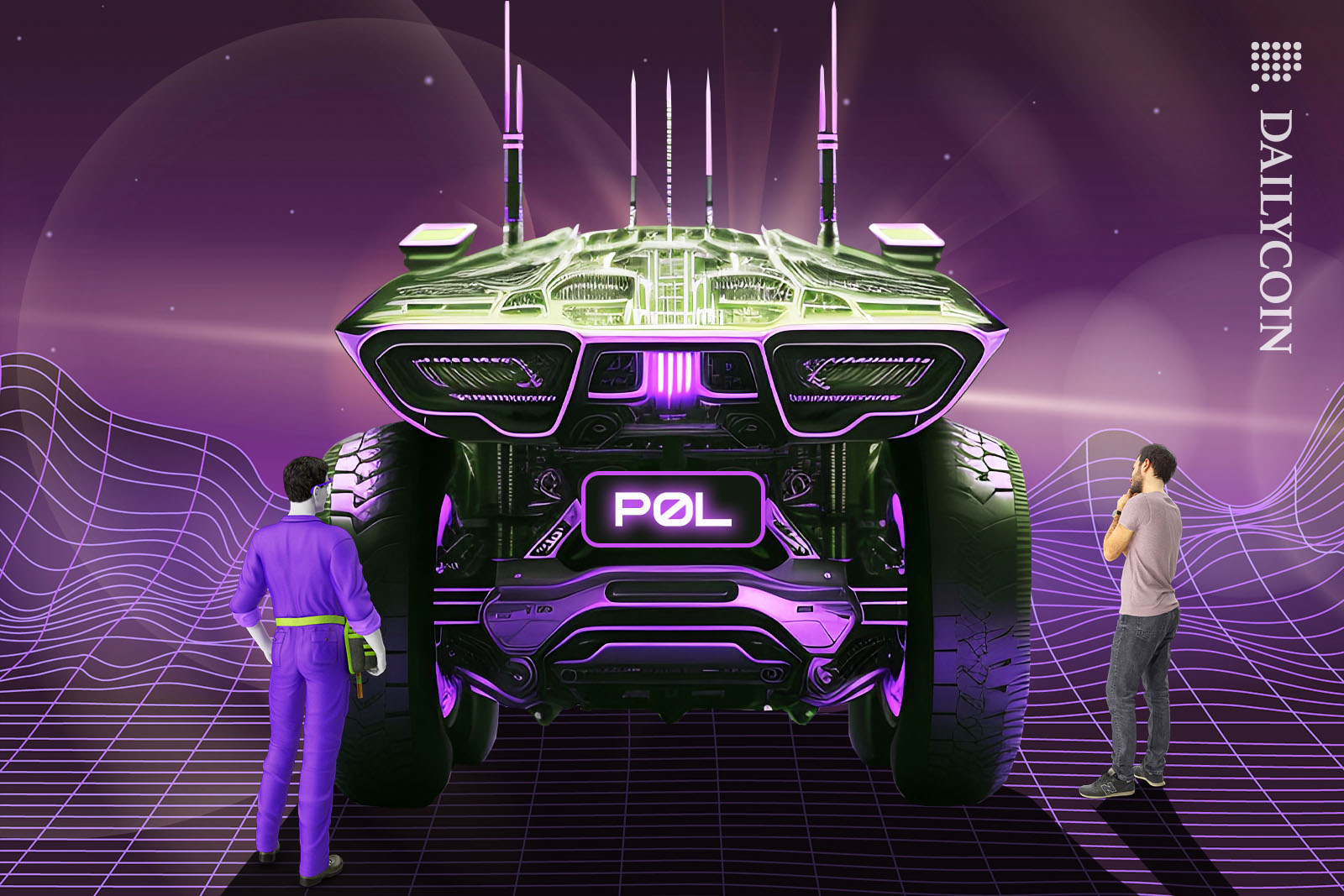
- Polygon Labs has unveiled a proposal to upgrade Polygon (MATIC).
- MATIC’s successor POL has been touted as “hyperproductive.”
- This article takes a deep dive into what POL is, how the upgrade will work, and how it fits into the Polygon 2.0 vision.
The Polygon network is on the brink of several massive changes. As part of its Polygon 2.0 vision, Polygon Labs, the primary development team behind the network, has unveiled a proposal to upgrade and rebrand MATIC as POL.
The firm has tipped POL to usher in a new generation of native tokens. Designed to power the entire Polygon ecosystem, developers have dubbed the proposed token as “hyperproductive.”
But before understanding the tie-in between the proposed MATIC upgrade and the Polygon 2.0 vision and the potential benefits that could come with it, it is necessary to understand what the upgrade entails.
What is POL?
In a Twitter thread on Thursday, July 13, Polygon Labs unveiled POL as a proposed technical upgrade for Polygon’s native token MATIC.
Designed to replace the MATIC token, POL will serve as the main driver of the Polygon 2.0 vision, as it will power all Polygon chains, according to Polygon Labs.
Now that we understand what POL is, it is necessary to understand how the upgrade will work.
How the MATIC to POL Upgrade Will Work
If the Polygon community approves the proposal, MATIC holders can upgrade by simply sending MATIC to the upgrade contract, which will automatically return an equivalent amount of POL tokens.
Sponsored
While noting that migration could begin within months of approval, Polygon Labs also asserts that it would give users ample time to convert their tokens, suggesting a window of four years or more.
So how is POL an upgrade over MATIC, and how does it drive the Polygon 2.0 vision?
How POL Unlocks the Vision of Polygon 2.0
Polygon 2.0, touted as “the ultimate value layer,” aims to allow users to experience the Polygon ecosystem, including Polygon’s proof-of-stake (PoS) protocol, zkEVM, and supernets like a single blockchain.
One of Polygon 2.0’s promises is to allow participating networks to achieve decentralization through a shared validator pool supported by its staking layer. POL will serve as fuel for this layer, as holders can stake their tokens to validate transactions across multiple blockchains and earn multiple rewards across these chains, attracting the “hyperproductive” tag.
The question that arises from this is why MATIC can’t play this role as it is. One answer is that MATIC has a limited supply of 10 billion tokens. This limited supply could serve as a bottleneck in a future where the ecosystem grows exponentially. Consequently, POL is designed to start with MATIC’s initial 10 billion token supply but grow by 2% yearly, 1% to reward validators, and 1% for the community treasury.
Developers have been working on the POL proposal for almost a year, per a statement released by Polygon Labs. The MATIC upgrade became necessary as the Polygon vision broadened, developers asserted.
On the Flipside
- Unlike MATIC, which has a fixed supply, POL is an inflationary token.
- The community is yet to decide on the proposal.
Why This Matters
Polygon 2.0 promises to revamp how the Polygon ecosystem is experienced, allowing for seamless interoperability and unifying liquidity. POL is a key part of the vision to keep this ecosystem decentralized.
Take a look under the hood of Polygon 2.0:
How Polygon 2.0 Brings the Polygon Ecosystem Together
Coinbase is doing all it can to speed up proceedings in its case with the SEC. Find out more:

